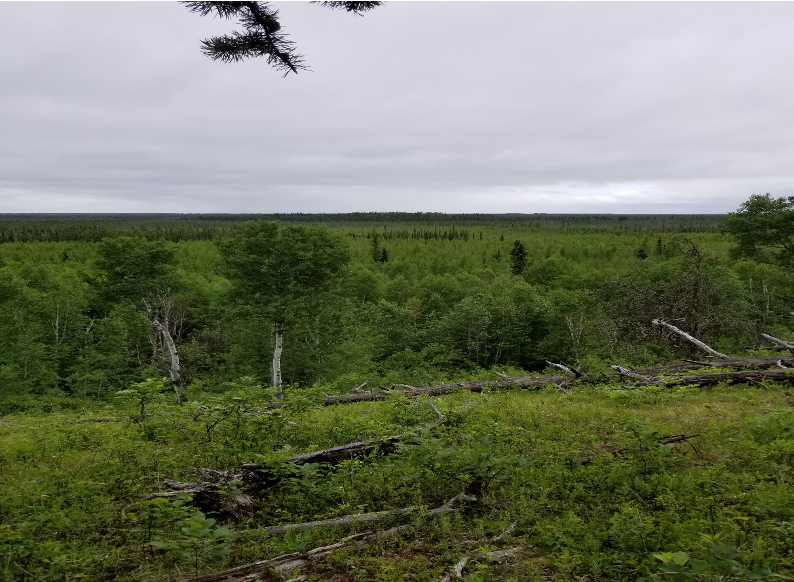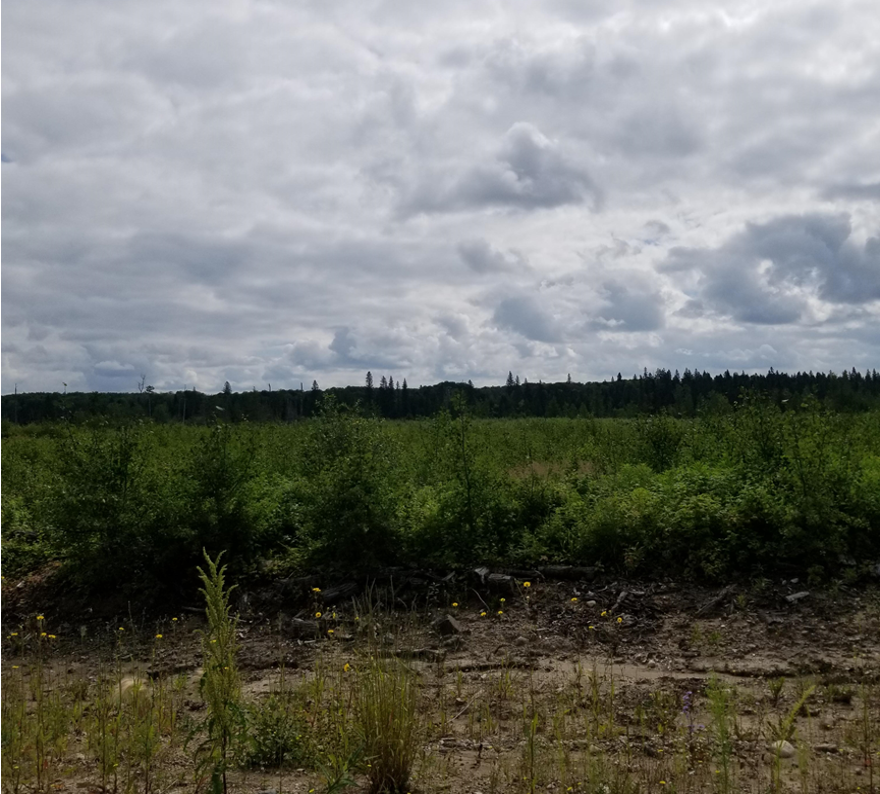Common Misconceptions of Forestry in Saskatchewan
27 juillet 2020 10:50 2 commentaires
Hello readers,
For this blog post, I’d like to talk about the common misconceptions of forestry. Some of the things I mention will likely apply to forest sectors all over Canada, but I am going to speak specifically about forestry in my home province of Saskatchewan.
Saskatchewan is well known for agriculture and mining, as well as oil and gas, but what about forestry? The forest industry in Saskatchewan is well established and sustainably managed, nonetheless, I have met people from the southern portion of the province who aren’t even aware that there are forests in the north. This is hard to believe, but true. In fact, over half of the province is blanketed by the boreal forest. Additionally, for the past several years, forest regeneration has been equal to or exceeding the rate of harvest in the province. This means that there are more new trees growing each year than there are trees harvested. Did you know that forestry is the second largest industry in Saskatchewan’s north? Approximately 16,000 jobs depend on it both directly and indirectly. As a result, many Saskatchewanians and their families depend on this industry for their own financial well-being

Figure 1: “Trees as far as the eye can see”. Photo taken from a hilltop near Meadow Lake, SK.
Many people seem to assume that forestry companies are left to harvest freely whenever and however they like. This is certainly not the case.Saskatchewan’s productive forest land, called the Commercial Forest Zone, is carefully managed to ensure its long-term sustainability. Forest management plans are meticulously crafted and put into place before any harvesting occurs. These plans must also be approved by the government beforehand and are monitored throughout the company’s tenure. Even once the plan is approved, strict rules and regulations are to be followed before, during and after harvest. I often find myself referencing regulations and checking with my supervisors about them. There is much to learn, but these regulations are in place for a reason and must be followed. Something else that I have learned this summer is that harvest planning is done 5 years and more in advance. There are often changes, but advanced planning at least provides a rough idea of what will take place and when; with much more detailed planning taking place 1-3 years before harvest.

Figure 2: A cut block only 4 years post-harvest north of Glaslyn, SK.
Clear cutting is the most common harvest method; however, clear cuts are often seen as unsightly and unappealing on the landscape when they first occur. Tourism and forestry sometimes have different points of view; although, I believe both are vital in ensuring the long-term economic well-being of the province of Saskatchewan and can coexist. As students, one of our tasks this summer has been to go out and map public quad and walking trails in order to avoid or preserve them. This is just one of the ways in which the forest industry works with the public to ensure fairness for all. Clear cuts are harvested in such a way that imitates natural disturbances such as fire, insects and disease. This allows for the forest to regenerate quickly and efficiently. This summer alone, I have inspected cut blocks only a few years post-harvest and, as seen in figure 2, regeneration is sufficiently occurring on site. Further, in many cases, mature forests are vulnerable to natural disturbance, so harvesting before this occurs allows the forest industry to benefit and also regenerates the forest. Young forests are important to many species of plants and animals as well. Companies are responsible for all reforestation on its harvest sites and have to meet standards of regeneration that are inspected by the company and the government.
I believe that the forest industry essentially offers benefits to everyone in one way or another. This renewable industry is strictly monitored to ensure the long-term sustainability of forested areas. If Forest Management Plans continue to be well designed and properly executed and monitored, the forestry industry is sure to thrive sustainably for many years to come.
Thanks for reading and if you have any questions please leave them in the comments section below!
Until next time,
Jordan

2 commentaires
Great information Jordan!
Thanks for your blogs Jordan. The natural images you’ve put forth from sites in our neck of the province are lovely. Your enthusiasm bubbles over in your writing. It is infectious and keeps me wanting more. We need young motivated students like you sharing your stories about forest management and your stake in it. Your blogs are the perfect forum. I appreciate your footprint vigilence. Information is our best step forward for this province & for us as individuals. The keen, informative perspective from a budding forest industry student such as yourself, is super. Keep up the good work!